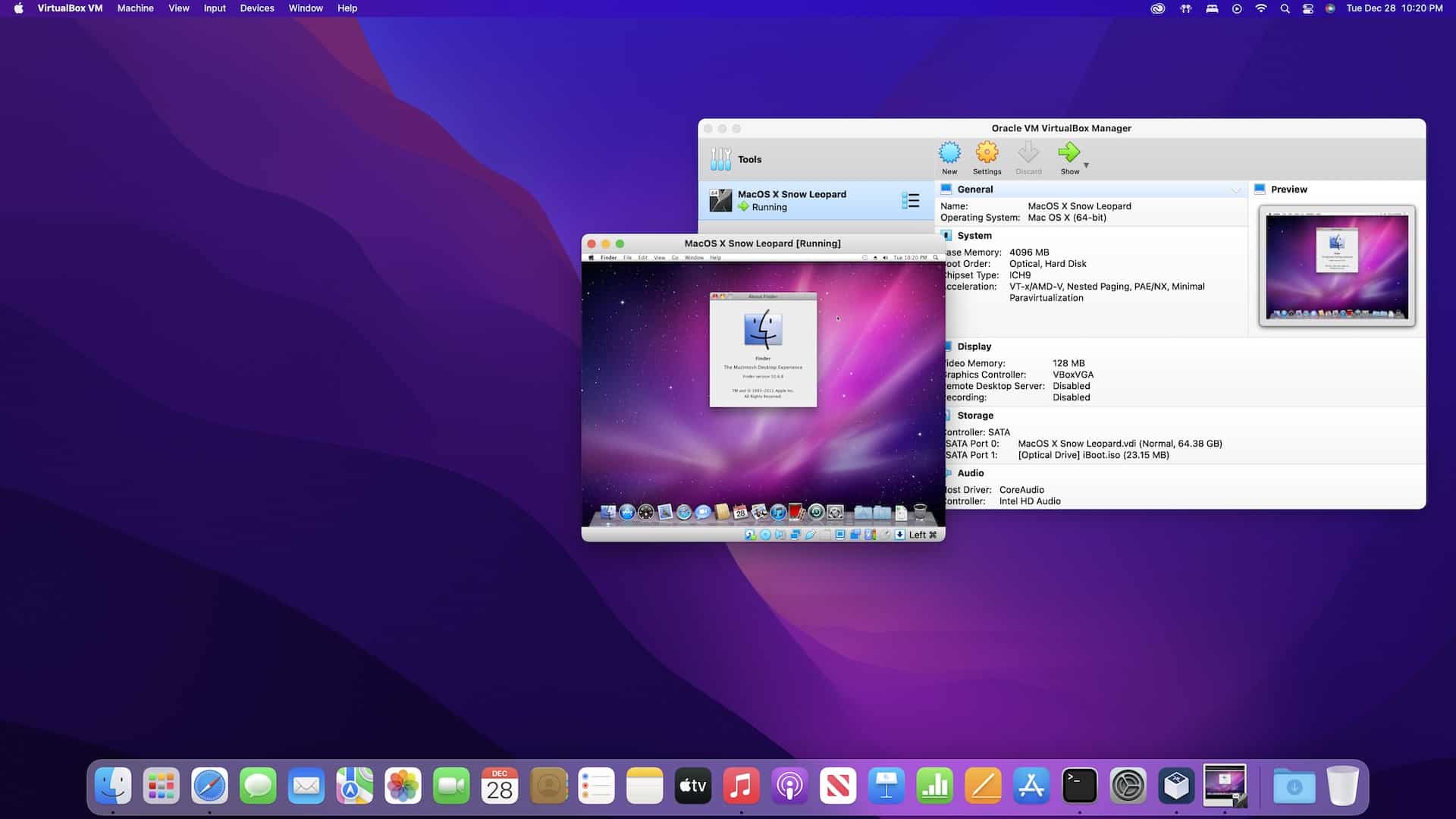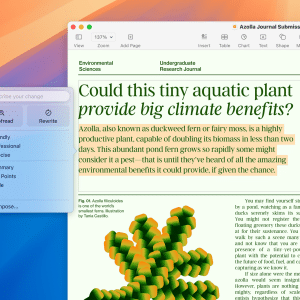Mac OS X Snow Leopard was Apple’s response to the demands for a leaner, more efficient operating system. At its release, it was evident that Apple aimed to improve and optimize rather than innovate radically. Unlike other updates that came loaded with new features, Snow Leopard was all about enhancing the core system’s performance. Apple’s emphasis on “under the hood” improvements reflected a shift toward creating a more stable and responsive user experience.
This focus on refinement meant that Apple streamlined the OS, removing legacy code, reducing bloat, and creating a smaller footprint. The decision to prioritize efficiency over additional features was a bold move that resonated well with users, especially developers and power users who appreciated the faster, more streamlined performance.
Snow Leopard introduced significant technical improvements that set it apart. One of the key upgrades was the shift to a 64-bit architecture, which allowed for better memory management and enhanced performance for applications. This change was a critical step forward, especially as software developers began to leverage the full potential of 64-bit processing. Additionally, Snow Leopard’s Grand Central Dispatch technology allowed developers to optimize their apps for multi-core processors, enhancing parallel computing capabilities across the OS.
How Snow Leopard Set a New Standard
One of the most notable aspects of Mac OS X Snow Leopard was its emphasis on stability and speed. By refining the codebase and optimizing performance, Apple managed to create a more reliable operating system. Users immediately noticed the improvements — faster boot times, smoother multitasking, and reduced crashes. These enhancements established a new standard for what users could expect in terms of performance from their macOS.
Snow Leopard also brought subtle but impactful changes to the user experience. For instance, Apple improved the Finder by rebuilding it on the modern Cocoa framework, resulting in faster performance and a more responsive interface. It also introduced a more refined version of the Dock and Stacks, which made navigating applications and documents quicker and more intuitive.
Additionally, Snow Leopard included features such as automatic text replacement, which helped streamline typing, and Exposé integration in the Dock, making it easier to manage open windows. These enhancements may have been small, but they collectively contributed to a more cohesive and enjoyable user experience.
The legacy of Mac OS X Snow Leopard is evident in the philosophy behind modern macOS versions. Apple’s focus on refining existing features, boosting performance, and ensuring stability set a precedent that continues today. With each subsequent macOS update, Apple has maintained a balance between introducing innovative features and refining the core functionalities that users rely on daily.
Snow Leopard was also the first Mac OS version to drop support for older PowerPC Macs, signifying Apple’s clear transition to Intel processors. This shift allowed Apple to focus solely on optimizing its OS for Intel-based Macs, enhancing performance and compatibility across its hardware lineup. The transition to Intel paved the way for future developments, including Apple’s eventual move to its custom-designed silicon, the M1 and M2 chips.

Reflecting on User & Developer Reception
Mac OS X Snow Leopard quickly became a favorite among Mac users, particularly those who valued stability and speed over new features. Many users felt that Snow Leopard delivered on its promise of being a better Leopard, with noticeable improvements in everyday tasks, such as opening applications and managing files. Even years after its release, Snow Leopard retained a loyal user base that appreciated its minimalistic approach to system resources and its focus on getting the fundamentals right.
For developers, Snow Leopard was a breath of fresh air. The move to a 64-bit architecture opened up new possibilities for app development, allowing for more memory-intensive applications and better multitasking capabilities. Grand Central Dispatch provided developers with tools to better manage multicore processors, resulting in more efficient and powerful apps. Snow Leopard’s developer-friendly features laid the groundwork for macOS’s app ecosystem’s rapid growth in the years to follow.
The success of Snow Leopard taught Apple an important lesson about the value of optimization. While innovation remains a core tenet of Apple’s philosophy, Snow Leopard demonstrated that there is also significant value in refining and perfecting what already exists. This balance between innovation and optimization has continued to be a guiding principle for Apple, seen in more recent updates such as macOS Monterey and Ventura.
Looking ahead, the lessons learned from Mac OS X Snow Leopard are more relevant than ever. As Apple continues to evolve its operating system, it must balance the introduction of new, groundbreaking features with maintaining the performance, stability, and simplicity that users have come to expect. Snow Leopard serves as a reminder that sometimes, the most significant improvements come from focusing on the core user experience rather than adding unnecessary complexity.
As we celebrate the 15th anniversary of Mac OS X Snow Leopard, it’s clear that this operating system was a milestone in Apple’s history. By prioritizing performance, stability, and refinement, Snow Leopard set a new standard for what an OS could be. Its influence continues to shape the development of macOS, demonstrating that great software isn’t just about adding new features but about making existing ones work better. For Apple users and enthusiasts, Snow Leopard remains a classic example of Apple’s commitment to excellence in software development.















